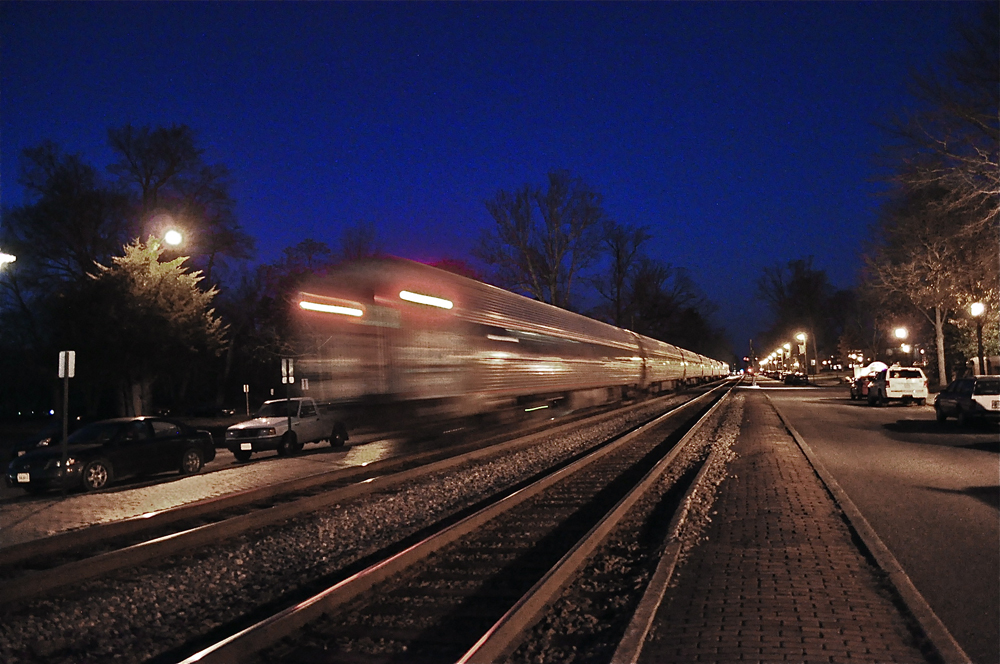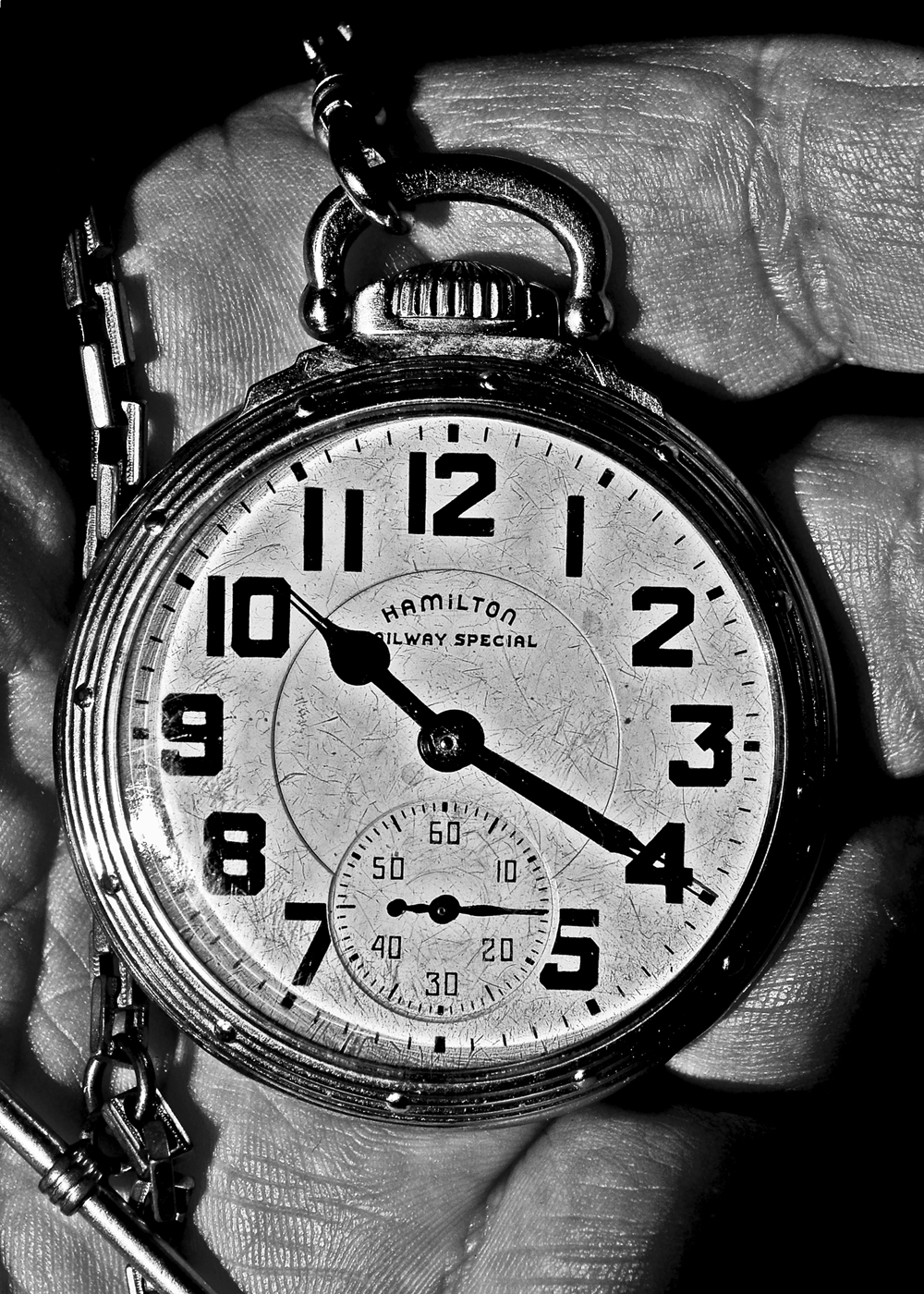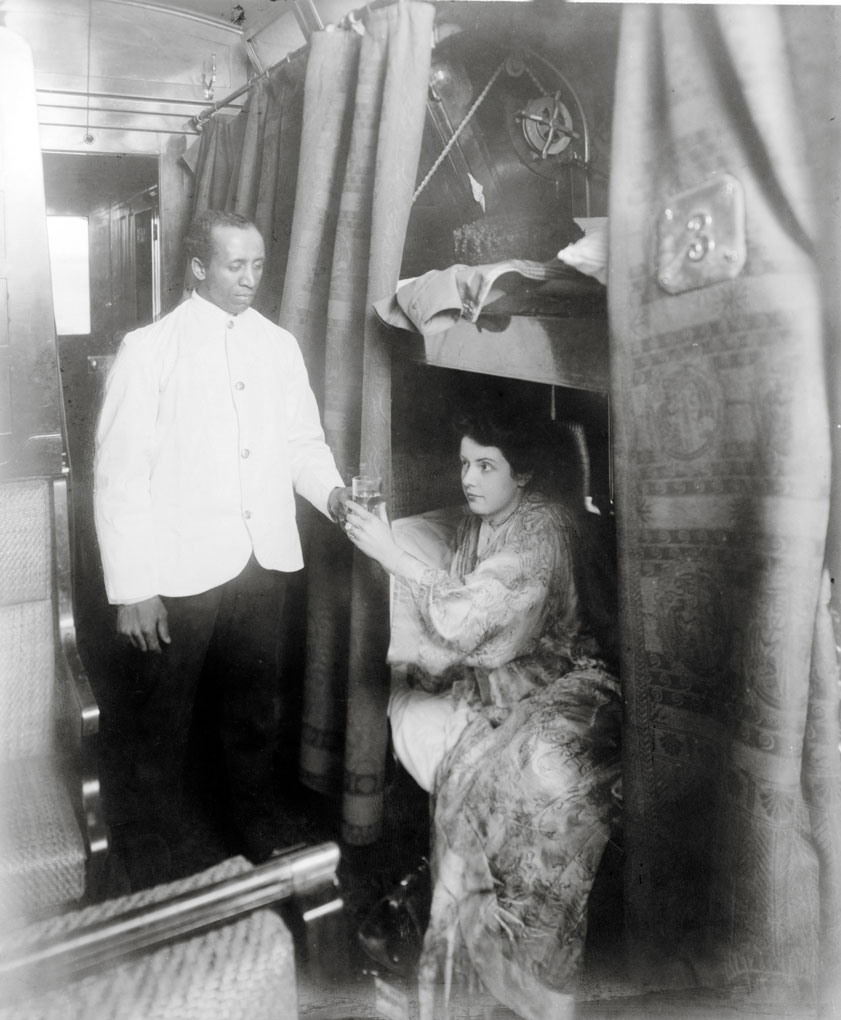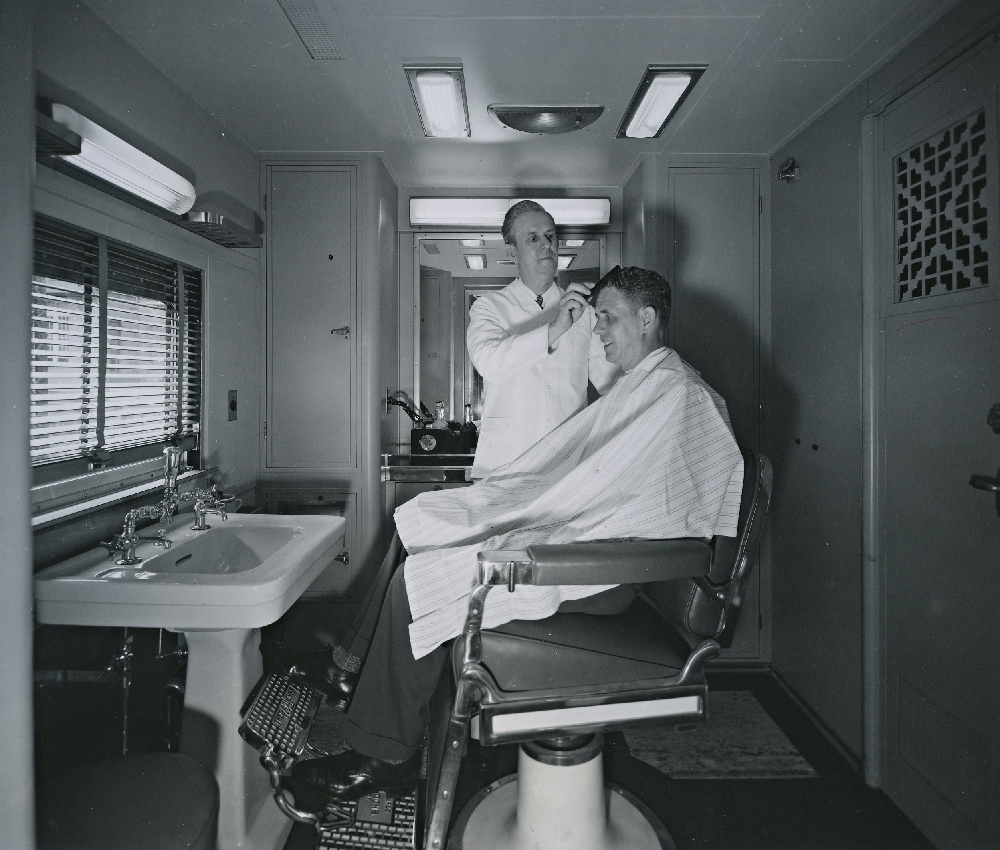How fast ya’ going?

The legendary John Luther “Casey” Jones forever linked the heroic railroad engineer with speed. He was the lone casualty when his train crashed in an attempt to get his “Cannonball” back on schedule. For the most part, steam engines lacked speedometers. Skill and a trusted pocket watch worked aptly for safe and reliable operation. A good engineer has his train under control at any speed. We do, however, know where to make up a few minutes if we’re late.

Railroads don’t condone speeding, but sure appreciate it when their trains operate on schedule. In the years BC (Before Chase, Md.), site of the tragic 1987 Amtrak wreck, individual railroads determined their own qualifications to certify engineers. After Chase, the Federal Railroad Administration grabbed the throttle and applied the brakes.
Each engineer is now licensed by their railroad, but in strict accordance to FRA regulations. Mandatory penalties are meted out to offending individuals and their employers for failed compliance. When I retired in 2012, at a minimum, first offenders got 30 days without pay and 90 days probation; a second offense netted you 90 days in the street and six months to sweat out. After that, there could be years of suspension or outright termination.
Even with a speedometer, the engineer is held accountable for any speed violations, so he or she must verify it’s accuracy as soon as their train passes between two measured mileposts, listed in the employee timetable. Although I had a reputation for being “on time” all of the time, before my direct employment by Amtrak in 1986, as a Seaboard engineer, I was cautioned only once about my speed. I was on a local freight, with two old GP7s, trying to stay ahead of the Silver Meteor with an occupied business car carrying the markers, so believe me, it wasn’t easy. I drew the ire of the local radar-equipped trainmaster, but when I took the siding to be passed, with no delay to the varnish, I got an “atta boy” from Richard Sanborn, president of the Seaboard System, aboard the office car. Nothing more was ever said.
Things can (and do) go wrong, however. I was running the southbound Amtrak Colonial between Washington, D.C., and Newport News, Va., on a dark, rainy night, and I had a fresh-out-of-school trainee aboard. According to my watch, the speedometer on F40 355 was dead on the money between Washington and Richmond, over the former Richmond Fredericksburg & Potomac, where the maximum permissible speed was 70 mph. From Richmond to Newport News, on the Peninsula Subdivision of the former C&O, it was 79, so I took for granted that it too, was accurate. “It just seems like you’re going faster in the rain and dark,” I assured the apprehensive new hire, until my conductor, Charlie Prince called coming to Williamsburg and asked, “How fast you been going?”
A check of the mileposts revealed the Barco speedometer was accurate until 75 mph, but would go no higher. We were running 90!
“I’ll take care of the delay report,” Charlie chuckled. “Of course, there won’t be any delays to list.”
Check out the previous column, “From the Cab: One for the ages” from retired Amtrak Engineer Doug Riddell.














How much tolerance, if any, do the railways typically allow
in their enforcement of the official speed limits?
Doc, most railroads won’t raise an eyebrow if you get a mile or two over the speed limit, especially if you’re on a freight train that is harder to control than a passenger train. Anything above that, will usually get a warning. 4 mph over will usually get you front row seat in the trainmaster’s office, or even an invitation to a hearing where you will be assessed discipline. And it also depends on the local officials. 99% of them will apply logic, and we’re possible, try to be as understanding of the situation. I had one supervisor, who would literally hide in the bushes in camouflage clothing and night vision goggles when attempting to “catch “someone. Today, with PTC however, all of your information can be transmitted to the control center, and or the trainmaster’s office in real time. There is little room for error, and usually none
reminds me of the urban legend of the PRR T-1s on the Ft Wayne Div late 40s/early 50s. Their Franklin valves were failing even through they were warrantied for 120 mph. Franklin sent some mech engineers to ride in the cab and time the speeds w/stopwatches and got multiple 140 mph runs over several days. No mention of what happened next.
Lawrence, it’s hard to separate fact from fiction. My late cousin, a Pennsy/Penn Central/Conrail engineer tested GE E60s on a long straightway in New Jersey with instructions “not to exceed 150 between County and Milam.” That’s a fact. He gave me his orders.
I used to connect with an old N&W engineer when I was working Amtrak’s Hilltopper. He laughed when asked if he ever ran the J-class 611 “fast.” Between Petersburg and Norfolk, VA, there are only two curves, and he told me that on it’s last revenue trip, he hit 117 MPH near Disputana, lost his nerve, and shut off on the throttle. “I don’t know how fast it would have gone.” I’m afraid I DON’T have his orders though.
John and John,
I heard all kinds of explanations as to why the speedometer erred so wildly. It happed to me twice. If it was accurate at 70, why was it 11 MPH off at 79. Of course, the shop forces claimed that the requirement that the speed indicator be “no more than 4 MPH incorrect,” excused them for not calibrating it unless it was in excess of 4 MPH off. That was, until as the union rep, I pointed to management that another reg stated, “ALL noted repairs MUST be made before a locomotive is again offered for service.” I didn’t make myself any friends among the yellow hardhats for that clarification.
Doug: After reading this article about fast running I pulled out my copy of “From the Cab” and enjoyed reading about several other fast trips, maybe there were some “hot-rods” out there on ACl/SAL/SCL ???? Good writing always Doug and thanks for the memories.
Great article as always Doug, hope they figured out why the speedometer got so way off!!!
Now PTC gives us our speed….and holds us to it. If PTC is wrong….as long as it’s happy…we are not liable although we still have to check everything at the ubiquitous measured milepost! And if a discrepancy is found we adjust, but if PTC sees that as speeding…you make it happy, and do a lot of writing in your locomotive work report!